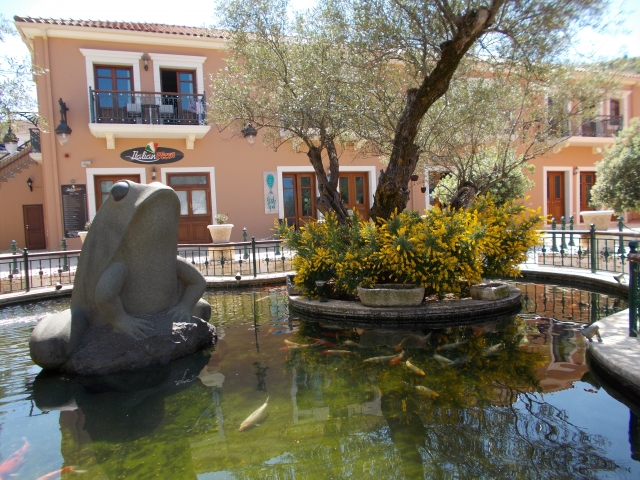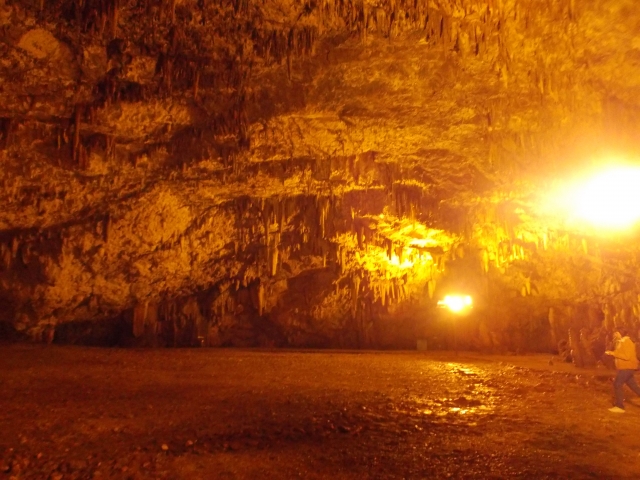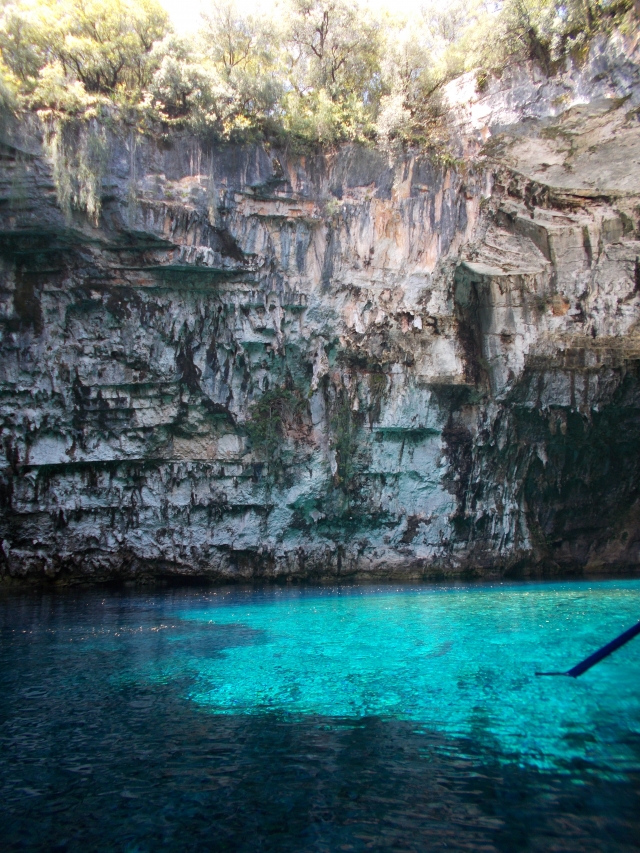Photos: Svetlana Doncheva
Svetlana Doncheva
Kefalonia, the biggest Ionian island, with its emerald waters and beautiful beaches is like all other Greek islands. Nevertheless, its tranquillity, idyllic landscapes and the lack of huge resorts distinguish it from its more famous neighbours like Corfu, Zakynthos and Lefkada. Myths and legends accompany the history of the island and today they are another reason for tourists to visit it. It is believed that the family of Odysseus originated from Kefalonia. According to the statement of a German professor, St. Paul's ship was shipwrecked not near Malta, but actually close to Kefalonia.
The history of the island is divided into two parts, namely before and after 1953. A terrible earthquake destroyed Kefalonia at that time, razing to the ground over 90% of its buildings. The only reason why the victims were not thousands in number was the fact that the earthquake occurred during the day and the people were not at home. However, the earthquake changed the life of the island in many ways. More than half of its residents left - some moved to mainland Greece and a large part to Australia, where they created a colony of Kefalonian families. Therefore, although it is the biggest Ionian island, today Kefalonia is the most sparsely populated island and the number of its inhabitants is less than 40 thousand. Traces of the earthquake are present even today - there are entire villages that have been abandoned and the ruins of their houses are still there. That is why there are almost no preserved monuments of traditional local architecture.

Fiscardo
The only village that has survived almost intact is Fiscardo. It is located in the northernmost part of the island and is one of the most picturesque places of Kefalonia with its traditional colourful houses, surrounded by blooming wisteria and bougainvillea. It is located on the shore of a small bay with transparent waters, and the yachts of Madonna, Jon Bon Jovi and Richard Gere have berthed at its port. There is an unusual monument in Fiscardo too, that of a frog. It is believed that, seen from above, Kefalonia resembles a frog on the map.

As on each island, the beaches of Kefalonia are the most visited places. They are many and varied - covered with white sand, pebbles, red sand, and rocky. They are located in countless bays with transparent waters in dozens of shades of blue and green. 12 beaches on the island were awarded the Blue Flag in 2014, making it the leader among the Ionian Islands (formerly Corfu held the leadership but last year 23 out of 30 beaches on the island were deprived of the sign).

Myrtos
The most famous beach in Kefalonia is Myrtos. Its beauty competes with the famous Navagio beach on Zakynthos. It is surrounded by rocks and it has repeatedly been declared the most beautiful beach in Greece. Other popular beaches are Skala, Katelios, Xi that is covered with red sand, Antisamos, Platis Yialos and Makris Yialos that are close to the island's capital Argostoli.
There are not only beaches in Kefalonia. In fact, the island is mountainous and the highest mountain of the Ionian Islands, Enos, height 1,628 m, is located there too. Venetians called it Monte Nero, the Black Mountain, because of the special local pine species that covered it so densely that it looked almost black from a distance. Today the mountain is a reserve inhabited by many species. You can also see herds of wild horses that live in the mountains. From the highest point of Enos you can see the neighbouring islands of Zakynthos, Lefkada and Ithaca, and the Peloponnese peninsula, which is about 30 km away.

Drogarati cave
The particular topography of the island is the reason for the formation of many caves, some of which are among the most famous sights of Kefalonia. Drogarati cave dates back to more than 2 million years ago and it is still alive, water is still dripping and forming stalactites and stalagmites inside it. Myths say dragons lived there, hence its name. It has been open for visits since 1963. The cave hall is huge, 65 metres long; it often houses concerts because of the excellent acoustics and the relatively high constant temperature, 18°C.

Melissani
Melissani cave is very famous and very beautiful. It is located 2 km away from the port of Sami and 5 km away from the fishing village of Agia Efimia. It is unusual because there is a lake inside, its ceiling fell after an earthquake and now the sun illuminates the crystal waters of the lake. According to legends, nymph Melissani was in love with god Pan who was constantly surrounded by other nymphs. However, he rejected her and she killed herself, broken-hearted, in the cave that now bears her name. You can see the cave by boat nowadays. Scientists had longed wondered where the semi-salty and semi-sweet lake waters came from. In the 1960s an experiment revealed that the water was going underground at a place called Katavothres, not far from Argostoli, passed under the entire island and came out at the other side, in Melissani cave.